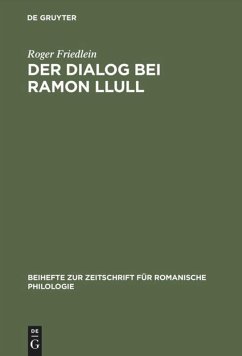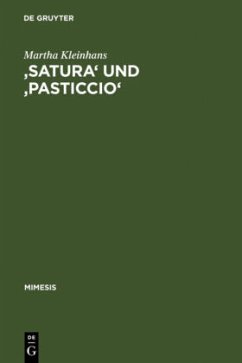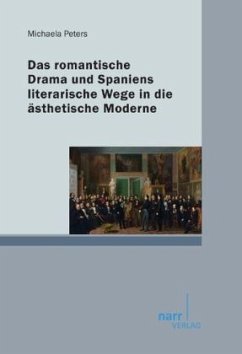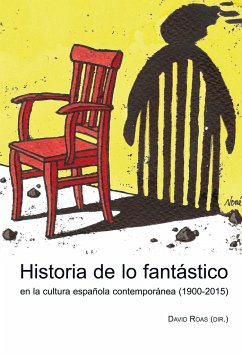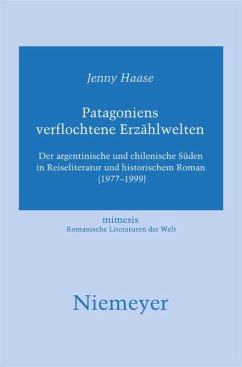
Patagoniens verflochtene Erzählwelten
Der argentinische und chilenische Süden in Reiseliteratur und historischem Roman (1977-1999)

PAYBACK Punkte
0 °P sammeln!
The end of the world, wide open spaces, wind, gigantic dimensions and weird characters?these are widespread associations with the southernmost region of the American continent. At the same time, Patagonia and Tierra del Fuego have fascinated travellers and writers from time immemorial. However, the wildly romantic imaginations of the adventurers are counter-balanced by the memory of the violence of the history of settlement in the region. The author uses contemporary narrative texts to test the stereotypes mentioned and analyse the relations between Europe and South America represented in them.
Das Ende der Welt, Weite, Wind, riesenhafte Dimensionen und kuriose Gestalten dies sind verbreitete Topoi hinsichtlich der südlichsten Region des amerikanischen Kontinents. Gleichzeitig haben Patagonien und Feuerland Reisende wie Schriftsteller seit der europäischen 'Entdeckung' durch Ferdinand Magellan fasziniert. Die Region ist Projektionsfläche für vielfältige individuelle wie kollektive Wünsche, Fantasien und Utopien.
Auf der Basis postkolonialer Literatur- und Kulturtheorien analysiert die Autorin zeitgenössische Erzähltexte aus Lateinamerika, Europa und den USA in Hinblick auf wiederkehrende Motive und Stereotype. Die Studie untersucht zudem zahlreiche intertextuelle Verflechtungen sowie die kontinuierlichen Verschiebungen zwischen 'Zentrum' und 'Peripherie'. Sichtbar wird, dass der patagonische Raum grundlegend durch die wechselseitigen, transkontinentalen Bewegungsformen zwischen Patagonien und den metropolitanen Zentren gekennzeichnet ist Kolonisierung, Migration, Flucht, Reisen und Tourismus sind konstitutive Elemente im untersuchten Textkorpus. Den wildromantischen Imaginationen der Abenteurer steht dabei die Erinnerung an die gewaltvolle Siedlungsgeschichte gegenüber.
Das Buch wurde 2009 vom Deutschen Romanistenverband mit dem Elise-Richter-Preis ausgezeichnet.
Auf der Basis postkolonialer Literatur- und Kulturtheorien analysiert die Autorin zeitgenössische Erzähltexte aus Lateinamerika, Europa und den USA in Hinblick auf wiederkehrende Motive und Stereotype. Die Studie untersucht zudem zahlreiche intertextuelle Verflechtungen sowie die kontinuierlichen Verschiebungen zwischen 'Zentrum' und 'Peripherie'. Sichtbar wird, dass der patagonische Raum grundlegend durch die wechselseitigen, transkontinentalen Bewegungsformen zwischen Patagonien und den metropolitanen Zentren gekennzeichnet ist Kolonisierung, Migration, Flucht, Reisen und Tourismus sind konstitutive Elemente im untersuchten Textkorpus. Den wildromantischen Imaginationen der Abenteurer steht dabei die Erinnerung an die gewaltvolle Siedlungsgeschichte gegenüber.
Das Buch wurde 2009 vom Deutschen Romanistenverband mit dem Elise-Richter-Preis ausgezeichnet.







